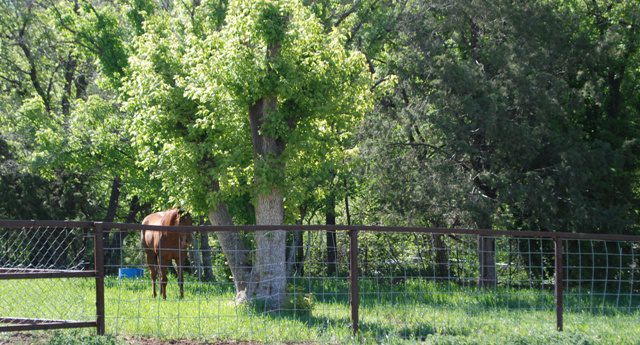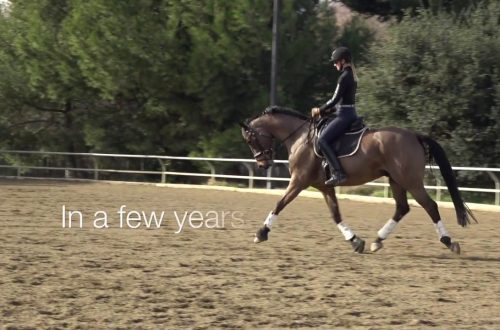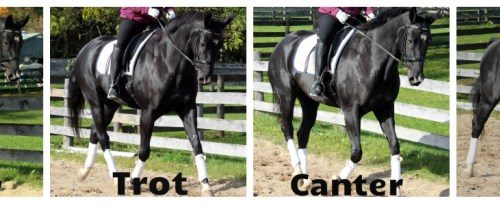Time to put the fructan theory to rest
Despite the fact that there is absolutely no evidence that fructan (levan) levels in pasture grass or hay have ever caused laminitis, fructan continues to be considered the cause of pasture laminitis. Any references to fructan continue to be absent from the scientific literature, but they always appear elsewhere, including websites and news letters from companies selling supplements to control possible fructan-induced intestinal acidosis in the horse.
It is true that artificially pumping a horse with chicory fructan (inulin) by injecting 8 pounds of pure inulin into the stomach through a tube (a 500 kg horse) can cause an intestinal upset that resembles overeating concentrates and can cause laminitis. However, let’s look at some facts.
The fructan found in the herb is mostly levan, which ferments much more slowly in the gut than inulin. No one has been able to cause laminitis in a horse by pumping it with Levan. No one has proven that pasture grass can cause the same gut damage, toxemia, and laminitis that an inulin pump can cause.
Inulin laminitis is a dose-dependent effect. The smallest dose of inulin that could cause laminitis was 7,5 grams per kilogram of animal weight, that is, 3750 grams per 500-kg horse. Such a horse in the pasture will eat about 10 kg of dry matter (grass excluding water in it) per day. In order to be able to eat that much fructan (levan in the case of grass), the grass must be 37,5% fructan alone. Pasture ryegrass grown under extreme conditions in parts of the world where it is cold and rainy could potentially come close to that level, at least temporarily, but North America is not anywhere near such conditions.
In addition to the fact that the grass does not have the required level of fructans to match the experimental model, it is important to remember that during the experiment, fructan was administered to horses all at once and in pure form, while during grazing we are talking about the intake of the substance within 24- hour period mixed with fibers, proteins, water, etc., and besides, this type of fructan is digested much more slowly.
Another misleading claim that scares people is that fructan is a sugar and therefore a risk to horses with insulin resistance/metabolic syndrome. Fructane is NOT sugar. It is a long chain of polysaccharides made up of repeating segments of the sugar fructose, but that does not make it a sugar. Cellulose, which is also a long chain of polysaccharide fibers, which is abundant in wood and straw, also consists of repeating sections of glucose, but is also not a sugar. Starch is also made from glucose chains, but you don’t put corn starch in a sugar bowl.
The only sugars that are dangerous for horses with insulin resistance are those that cannot be digested and cause an insulin surge. They are reduced to a short chain, one or two sections, glucose or sucrose. Fructan is not digested or broken down by any other method into simple sugars.
The next time you hear or read that fructan is the cause of pasture laminitis, please remember that this theory has never been proven. The real reason IR/MS ponies and horses are susceptible to pasture laminitis is the level of simple sugars and starches in the grass.
Commentary by Galina Burukhina
“Absolutely right! In a healthy horse, grass (also young or frozen) will not be able to cause laminitis, i.e. become the cause. But if the horse’s metabolism has already been compromised and/or the lamellar corium is overloaded at the toe, grass (as a factor influencing blood composition, as well as vaccinations, deworming, changing feed, etc.) can be the “last straw” and will happen lamina inflammation.
Eleanor Kellon, MD; translation by Natalia Soshnina (Kopyta.ru)






